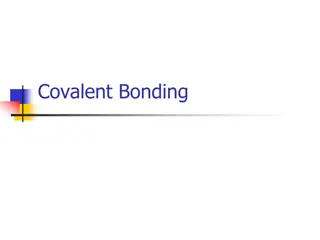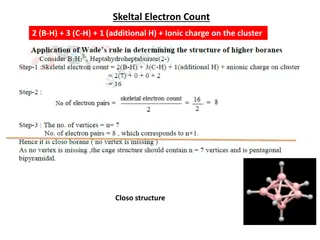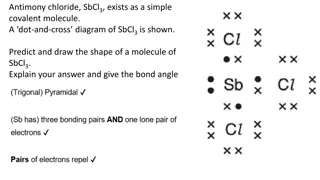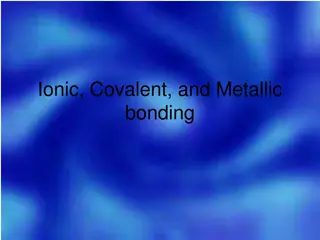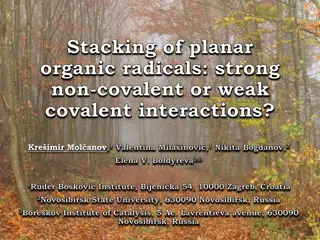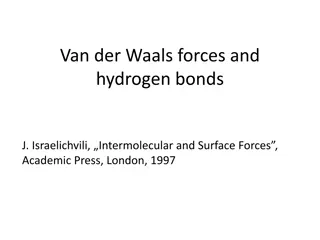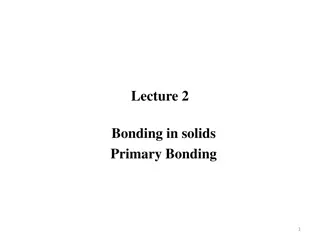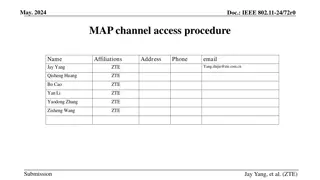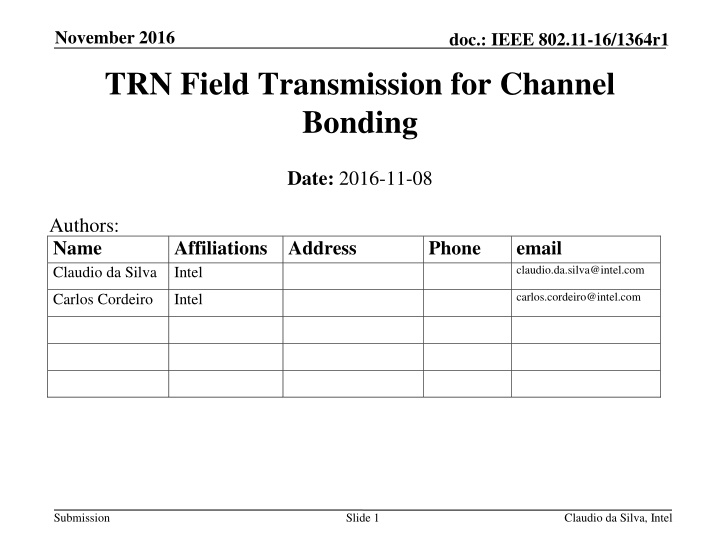
Transmission Field Structure for Channel Bonding in IEEE 802.11-16
Explore the proposal for a Transmission Field structure supporting Beamforming training over bonded channels in IEEE 802.11-16, highlighting the advantages of bonded TRN fields over duplicate TRN fields and recommendations for implementation.
Download Presentation

Please find below an Image/Link to download the presentation.
The content on the website is provided AS IS for your information and personal use only. It may not be sold, licensed, or shared on other websites without obtaining consent from the author. If you encounter any issues during the download, it is possible that the publisher has removed the file from their server.
You are allowed to download the files provided on this website for personal or commercial use, subject to the condition that they are used lawfully. All files are the property of their respective owners.
The content on the website is provided AS IS for your information and personal use only. It may not be sold, licensed, or shared on other websites without obtaining consent from the author.
E N D
Presentation Transcript
November 2016 doc.: IEEE 802.11-16/1364r1 TRN Field Transmission for Channel Bonding Date: 2016-11-08 Authors: Name Claudio da Silva Intel Affiliations Address Phone email claudio.da.silva@intel.com carlos.cordeiro@intel.com Carlos Cordeiro Intel Submission Slide 1 Claudio da Silva, Intel
November 2016 doc.: IEEE 802.11-16/1364r1 Background There have been several presentations describing BF flows [1]-[4]. With regards to BF over multiple channels, we ve learned the following key fact: Based on actual experiments, it is observed that an AWV obtained over one channel might not be applicable to an adjacent channel (i.e., AWVs are different) This fact leads to an important conclusion that 11ay needs to support BF training to be done on the actual BW of the data transmission For both control PHY and SC PHY We propose to define a TRN (and AGC) field structure that supports BF training over bonded channels Submission Slide 2 Claudio da Silva, Intel
November 2016 doc.: IEEE 802.11-16/1364r1 Options for TRN field transmissions with channel bonding There are two options to transmit TRN (and AGC) fields when using channel bonding: Bonded TRN (and AGC) Duplicate TRN (and AGC) Submission Slide 3 Claudio da Silva, Intel
November 2016 doc.: IEEE 802.11-16/1364r1 Comparison Submission Slide 4 Claudio da Silva, Intel
November 2016 doc.: IEEE 802.11-16/1364r1 Comparison Summary From a performance point of view, bonded TRN fields are better. From an implementation perspective the difference is not major, but even then bonded TRN has more advantages than duplicated TRN. Submission Slide 5 Claudio da Silva, Intel
November 2016 doc.: IEEE 802.11-16/1364r1 Recommendations We recommend that bonded TRN/AGC be defined and used for BF training over bonded channels The next step would be to define the new TRN/AGC sequences to support channel bonding and MIMO over bonded channels We also need to define in which cases the Data field is to be duplicated or not. If channel bonding is used, we recommend that: For control mode: Except for the AGC and TRN fields, all the fields of a control mode PPDU transmitted by an EDMG STA shall be duplicated For SC and OFDM: further study is needed Submission Slide 6 Claudio da Silva, Intel
November 2016 doc.: IEEE 802.11-16/1364r1 SP 1 Do you agree to insert the following in the SFD: The BRP protocol shall be extended to support operation over channels with 4.32 GHz, 6.48 GHz and 8.64 GHz of bandwidth. If BRP is performed on such a channel, the AGC and TRN fields sent as part of the BRP shall be transmitted over the entire signal bandwidth of the channel. Submission Slide 7 Claudio da Silva, Intel
November 2016 doc.: IEEE 802.11-16/1364r1 SP 2 Do you agree to insert the following in the SFD: Except for the AGC and TRN fields, all the fields of a control mode PPDU transmitted by an EDMG STA over a 4.32GHz, 6.48GHz or 8.64GHz channel shall be duplicated Submission Slide 8 Claudio da Silva, Intel
November 2016 doc.: IEEE 802.11-16/1364r1 References [1] IEEE 802.11-16/0398r1 Generalized Multi-Beamforming for 11ay [2] IEEE 802.11-16/0092r1 Multi-Beamforming in Polarized Channels for 11ay [3] IEEE 802.11-16/0103r0 beamforming-training-update [4] IEEE 802.11-16/0809r0 Beamforming to Enable Concurrent Links for 802.11ay Submission Slide 9 Claudio da Silva, Intel




